Preservation of cultural arts: Melodies of unsung maestros and their woes
As many instruments near extinction, some organisations work to keep them alive.
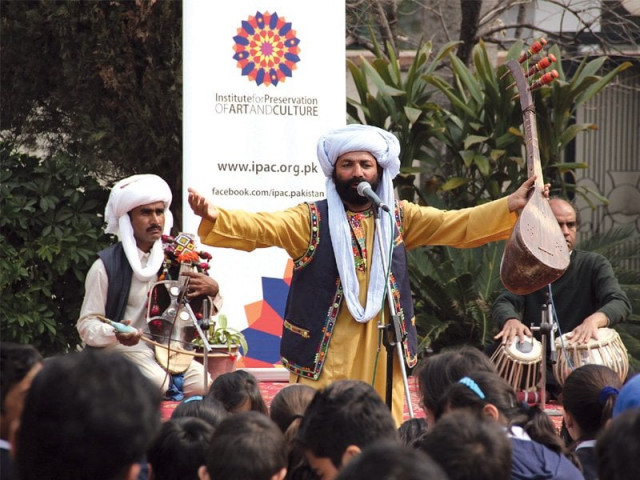
The folk musicians that should be valued for their craft are the ones who are ignored. PHOTO: MUHAMMAD JAVAID/EXPRESS
In a country where artists like Khan are struggling to survive, art forms remain at risk of obscurity and even extinction.
These artists live in shabby conditions and remain largely ignored by the government. Once an artist dies, the instrument is heard no more.
This dilemma served as an impetus for the creation of the Institute for Preservation of Arts and Culture (IPAC), a non-profit organisation that works to promote the folk artists and help them get patronage.
“Our top priority is to ensure the well-being of the artists,” IPAC CEO Umair Jaffar told The Express Tribune. Following the ban on performing arts during Ziaul Haq’s regime, the taboos still persist. “These artists have, in turn, suffered immensely [for having] held on to their heritage,” said Jaffar.
He noted a disconnect between the classical performers and the average, urban listener, which, he said, has led to an identity crisis as the latter remains oblivious to the rich history of the classical music from the Indian subcontinent.
What sets apart IPAC from other organisations is its relatively younger workforce. “Whereas others are trying to keep alive the classical and folk music, we focus on the youth who may develop an appreciation for the arts and help the folk musicians sustain,” he said.

The folk musicians that should be valued for their craft are the ones who are ignored. PHOTO: MUHAMMAD JAVAID/EXPRESS
One of IPAC’s projects, the “Funkaar Baithak”, gathers folk artists from far-flung regions to vent out their issues. The initiative has proved to be a platform for many to share the hurdles and hassles they face while dealing with public institutions, said Jaffar. “If the organisations such as the Pakistan National Council of the Arts and Lok Virsa National Institute of Folk and Traditional Heritage were actually doing what they are meant to do, IPAC wouldn’t exist.”
This is a claim that Lok Virsa Director Khalid Javaid contests. “We strive to help these folk artists but its important to understand that this is a vast field and it’s impossible to cover each and every artist especially those in far-flung areas.”

Still, he added, currently both Lok Virsa and PNCA are providing an allowance of Rs3,000 per month to over 70 such folk artists in the country. He added that the funds allotted by the federal government are now predominantly transferred to the provincial governments, hence the lack of revenue and hurdles.

Another organisation and welfare trust, Mausikaar, is also working for the betterment of these rural artists. Mausikaar President Seema Khan said they have introduced santoor players, folk dancers and even the last sarangi player to Islamabad, especially the diplomatic community. “We try to work towards [the performers’] welfare and to sustain the art through training; it’s a slow process but we are trying nonetheless.”
As individuals and organisations work towards preserving cultural art forms, there is need to recognise and rehabilitate the maestros before it’s too late.
Published in The Express Tribune, January 7th, 2013.

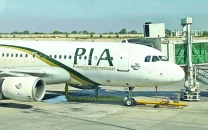
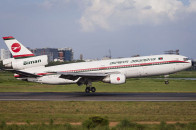
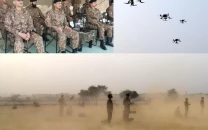
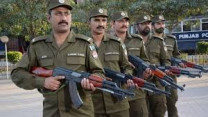
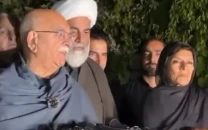
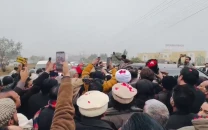












COMMENTS
Comments are moderated and generally will be posted if they are on-topic and not abusive.
For more information, please see our Comments FAQ